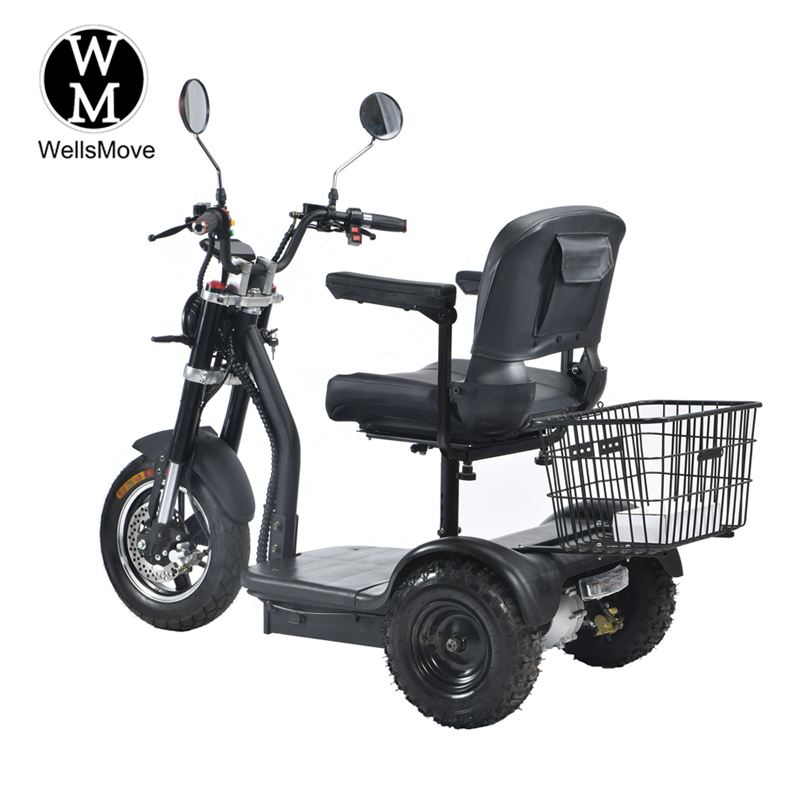Mobility scooters are becoming more and more popular as a convenient and efficient way of everyday life for people with reduced mobility. If you’re considering buying a mobility scooter, one of the important factors to consider is its weight. Knowing the weight of your mobility scooter is essential for transporting, storing and determining if it is suitable for your specific needs. In this comprehensive guide, we’ll explore the different factors that affect the weight of a mobility scooter and give you a better idea of the range of weights available on the market.
Factors that affect the weight of a scooter:
1. Battery type and capacity:
One of the important factors that affect the weight of an electric scooter is the battery. Scooters use several types of batteries, including lead-acid, lithium-ion, and gel batteries. Lead-acid batteries are the heaviest, while lithium-ion batteries are lighter and more popular due to their higher energy density. Larger batteries with longer range add extra weight to the scooter, so your daily mobility needs must be considered when choosing a scooter.
2. Framework and structure:
The material from which an electric scooter is made affects its weight. Aluminum frames are lighter, making them a popular choice for light, portable scooters. However, heavy-duty scooters designed for outdoor use may have a steel frame for extra strength and stability, making them heavier.
3. Size and Design:
The size and design of a scooter also has an impact on its weight. Smaller, more compact scooters tend to weigh less and are easier to transport and store. Additionally, scooters with foldable or detachable parts, such as folding seats or removable baskets, may be lighter due to their modular construction.
Weight category of scooter:
Mobility scooters are generally divided into three weight classes based on their load-bearing capacity. These courses include:
1. Lightweight or touring scooters:
These scooters typically weigh 40-60 lbs (18-27 kg) without batteries. They are designed for easy transport and are ideal for indoor or short distance use. Light scooters have a lower weight capacity, typically 200-250 lbs (91-113 kg).
2. Medium or mid-size scooters:
A mid-size scooter weighs approximately 100-150 lbs (45-68 kg) without batteries. They strike a balance between portability and functionality, and can be used both indoors and outdoors. Mid-size scooters have a weight range of 300-400 lbs (136-181 kg).
3. Heavy-duty or all-terrain scooters:
Heavy-duty scooters are designed for outdoor use and rough terrain. They can weigh up to 150-200 lbs (68-91 kg) without batteries. Heavy-duty scooters have higher weight capacities, ranging from 400 lbs (181 kg) to 600 lbs (272 kg) or more.
in conclusion:
The weight of a mobility scooter varies based on factors such as battery type and capacity, frame material and size. Knowing the weight category and its associated weight capacity is crucial when choosing the right mobility scooter for your needs. Lighter scooters may offer portability and ease of use, but they may have a lower weight capacity. On the other hand, heavier scooters offer stability and durability, making them suitable for outdoor use and users with heavier weight requirements. Consider your specific needs and consult a professional to choose the best mobility scooter weight range for you. Remember, finding the right balance between weight, functionality and capacity will ensure a comfortable and convenient mobility solution for your everyday life.
Post time: Jul-10-2023



